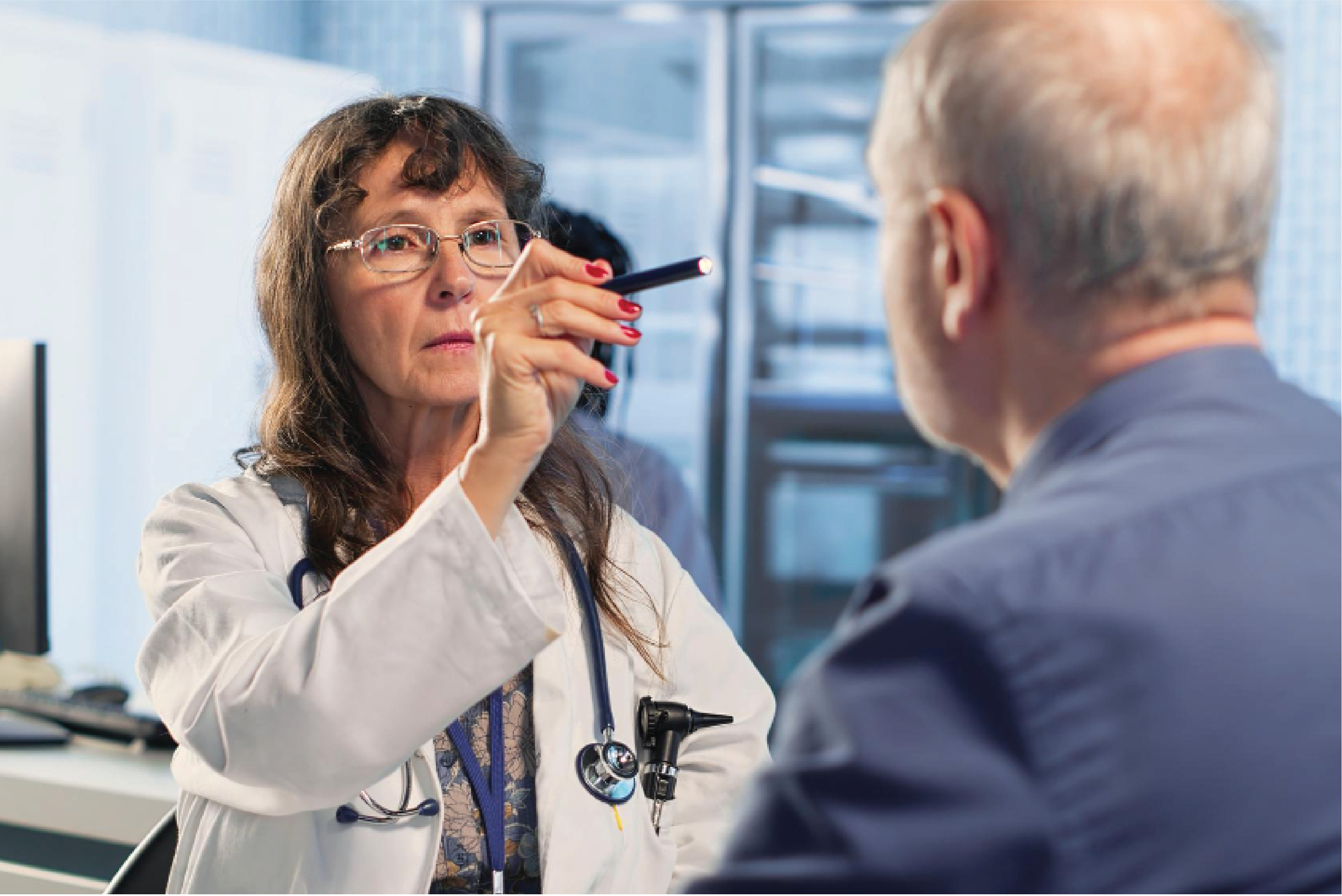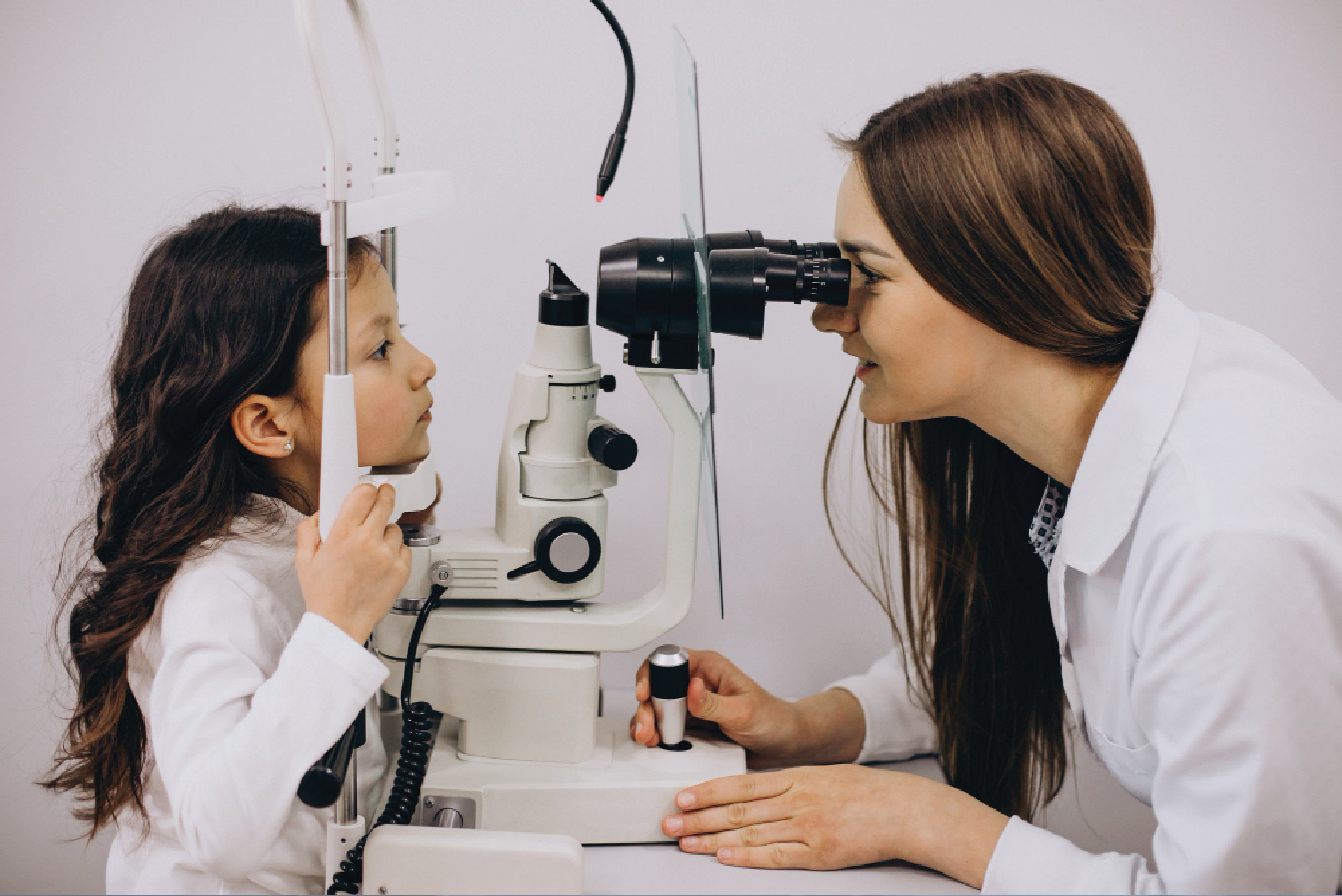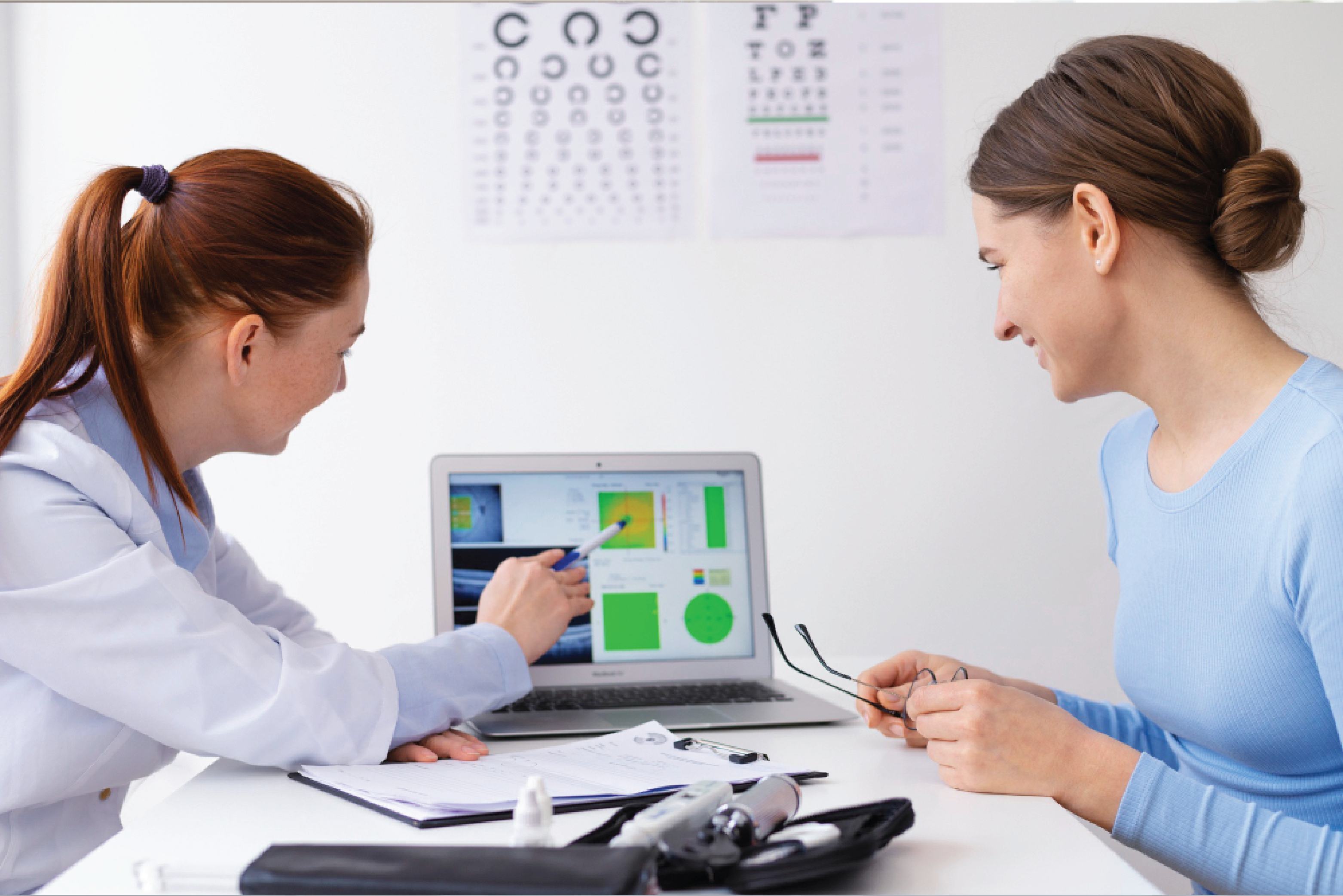Diabetes & Eye Health: How to Prevent Retinopathy
2025-07-20 Diabetes is a disease that affects millions of people worldwide, and managing diabetes means more than just checking blood sugar levels. One of the most serious complications of diabetes, and one of the most commonly forgotten, is diabetic retinopathy. This involves the small blood vessels in the retina, the light-sensitive area of the eye, and may cause vision loss or blindness. Studies show that over 25% of people with diabetes will develop diabetic retinopathy, and many are unaware that their vision is in jeopardy until it's too late. The good news is that if diagnosed early, it's highly manageable and preventable. This blog will clarify diabetic retinopathy, how to recognize the early signs, and most importantly, how to protect your vision. Diabetic retinopathy is an eye disease that occurs when elevated blood glucose levels damage the small blood vessels in the retina. This can lead to leaking, swelling, or closing (blocking) of the small blood vessels. When blood vessels leak and swell, the retina depends on the small blood vessels for the oxygen and nutrients it needs to function. When the retina does not get adequate oxygen and nutrients, new blood vessels can develop, a process called neovascularization. These new blood vessels can bleed, which can cause scarring and also result in reduced vision. Diabetic retinopathy can be classified into stages: Mild non-proliferative retinopathy: Early damage in which the blood vessels are swollen. Moderate-to-severe non-proliferative retinopathy: blood vessels are blocked, preventing blood from pasture to areas of the retina. Proliferative diabetic retinopathy (PDR): New and abnormal blood vessels grow and can leak (or completely damage the retina by detaching it). If untreated, the accompanying changes can lead to blurry vision, floaters, dark spots, or total vision loss. One of the biggest challenges with diabetic retinopathy is that it often doesn't cause symptoms until damage has started, and you feel fine! Damage occurs, silently, inside your eye. That's why experts recommend dilated eye exams for everyone with diabetes, as follows: Type 2 Diabetes: Screening begins immediately after diagnosis. Type 1 diabetes: Screening begins within 5 years after diagnosis. After that, meaning you will probably eat a healthy diet and get plenty of exercise, you should have a dilated eye exam at least once every year or more frequently if the doctor recommends that. Dilated eye exams require using drops to dilate your pupils, so a doctor can check your retina for damage. Recent advances in screen technology In recent years, artificial intelligence (AI) and imaging technology have made eye exams shorter and easier to obtain, especially in developing countries. For example, in India, AI-enabled screening technology, AIDRSS, has shown accuracy greater than 90% at detecting diabetic retinopathy in the patient population. FDA-approved devices, such as AEYE-DS, can generate retinal images in less than one minute without an eye specialist. This means more patients, in underserved and rural populations, will have options to screen early before harm occurs to their vision. The key to preventing diabetic retinopathy is controlling the health numbers that impact blood vessel health. Blood sugar control The country’s landmark Diabetes Control and Complications Trial (DCCT) demonstrated that intensive blood sugar control in participants with type 1 diabetes reduces the risk of developing retinopathy by 76%. Even in type 2 diabetes, every 1% reduction in HbA1c (average blood sugar over 3 months) reduces the risk of retinopathy by approximately 40%. You want to maintain your blood sugar as close to normal (non-diabetes) as possible without incurring hypoglycemia, which will protect your retina and other organs. Blood pressure control High blood pressure (hypertension) is a proven aggravator of blood vessel damage. The UK Prospective Diabetes Study (UKPDS) found that controlling blood pressure in diabetics lowered retinopathy progression by 35% and patients with diabetes were nearly 50% less likely to have vision loss. You should aim to have your blood pressure controlled to values <140/80 mm Hg or based on your doctor's recommendation. Cholesterol and medication High cholesterol and triglycerides also cause vessel damage. Studies like FIELD and ACCORD-EYE established that lipid-lowering medications like fenofibrate can reduce the progression of established diabetic retinopathy and also diminish the need for laser treatment. Generally, the best protection for your eye health comes from combining cholesterol-lowering medications and medications that control your blood pressure. Related: How to Check for Diabetes at Home? In addition to medication, lifestyle and dietary choices affect your risk of vision impairment. Eat for your eyes Oily fish (salmon, sardines, mackerel) with omega-3 fatty acids help to reduce inflammation and preserve the health of the blood vessels in the retina. Eating just two servings per week eliminates almost 50% of the risk of severe damage to the retina. The Mediterranean diet, which is rich in olive oil, nuts, fruits, vegetables, and whole grain foods, has been shown to reduce retinopathy by over 40%. Several antioxidants, including vitamins A, C, and carotenoids, help protect the retina from oxidative stress. Stay active Regular and consistent activity improves circulation while regulating blood pressure and blood glucose levels. However, if you have severe retinopathy already, avoid high-level activities that may increase blood pressure or lead to bleeding in the eyes. Quit smoking Smoking is harmful to blood vessel health and worsens diabetes complications. Quitting smoking significantly reduces the chance of progression to eye disease. Protect your eyes from the sun. Repeated exposure to UV rays may harm the retinal tissue. Wearing sunglasses on bright or sunny days for extra measure can help protect your retina. Also Read: Healthy Diet for Diabetes: What to Eat & Avoid If diabetic retinopathy progresses to advanced stages, you will still have options to preserve your sight. Laser photocoagulation: The laser burns fuse leaking vessels and inhibits the growth of abnormal vessels; this reduces the risk of severe vision loss by 50%. Anti-VEGF injections: These drugs block growth factors that cause new blood vessels to leak fluid. They help reduce swelling and slow down the disease. Surgery: In severe cases, vitrectomy removes blood or scar tissue in the eye. Novel therapies such as gene delivery of protective proteins are being studied and may be available shortly. How Communities and Technology Make a Difference Countries like Iceland have dramatically reduced diabetic blindness through national screening programs that ensure almost every diabetic receives an eye exam yearly. In India, AI-based teleophthalmology programs bring screening to rural patients who can’t easily visit specialists. Hospitals like Sankara Nethralaya have screened hundreds of thousands of patients using mobile vans and remote diagnosis. These models show how combining technology, policy, and awareness can save millions of eyes. The DCCT trial followed patients with tight glucose control for 9 years and found a 76% reduction in retinopathy. The FIELD and ACCORD-EYE studies proved that fenofibrate slows disease progression. The PREDIMED study showed the Mediterranean diet reduced new retinopathy cases by 40%. These landmark studies confirm that your actions can make a huge difference. Diabetic retinopathy can be scary, but it does not have to take your sight away. You have the ability to prevent or delay vision loss by managing your diabetes, visiting your doctor regularly, eating well, and listening to your doctor's recommendations. Remember - you value your eyes! Protect them through screening early, healthy choices, and getting appropriate care. Your future self will appreciate it!What is Diabetic Retinopathy?

Why Early Detection Matters: Regular Eye Exams Are a Must

Control Your Numbers: Blood Sugar, Blood Pressure & Cholesterol
Healthy Habits for Strong Eyes: Food, Exercise, and More

Treatment Options When Retinopathy Progresses
Real-Life Stories That Show Prevention Works
Your Simple Eye Care Plan

Conclusion:
.png)















